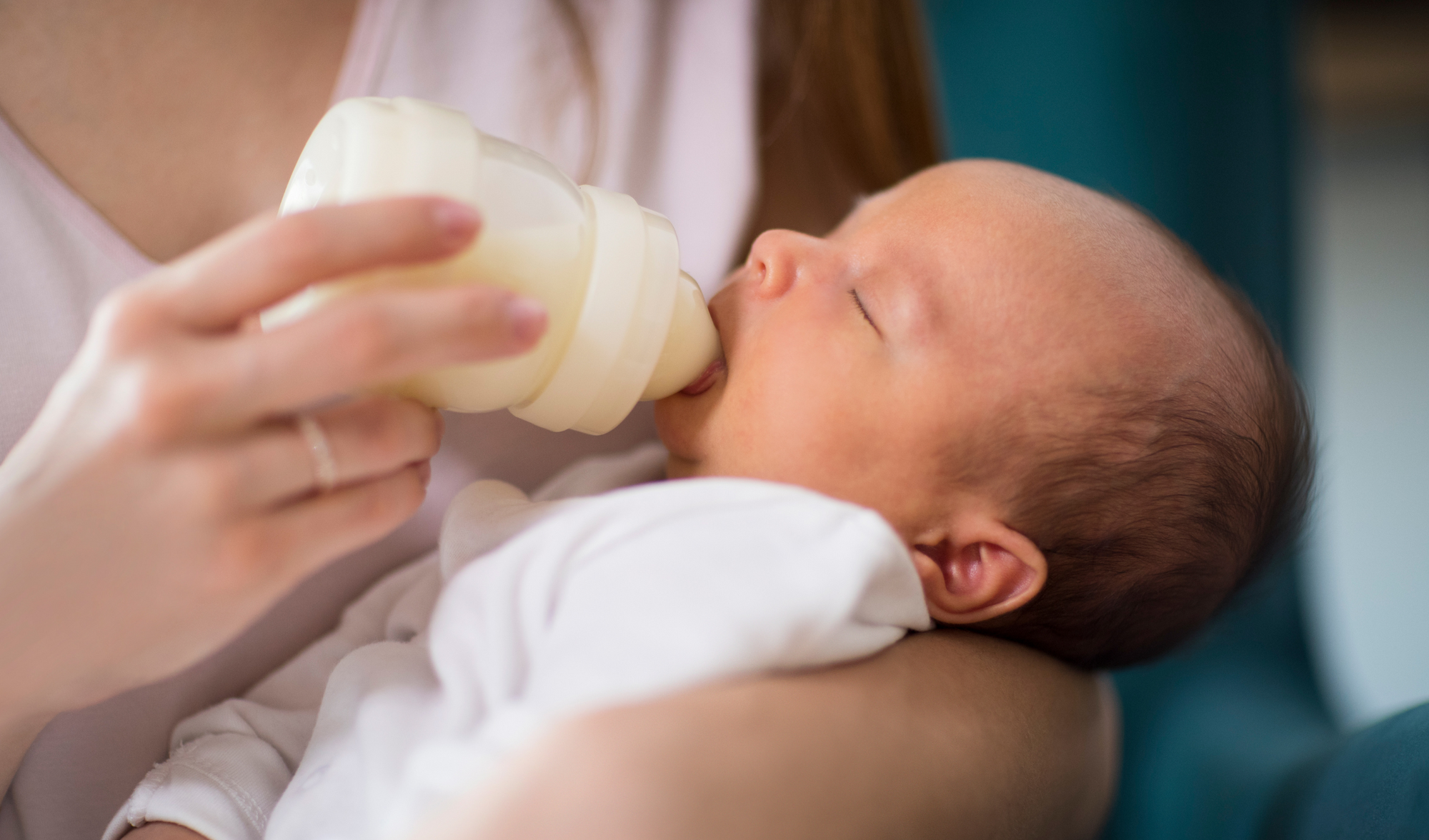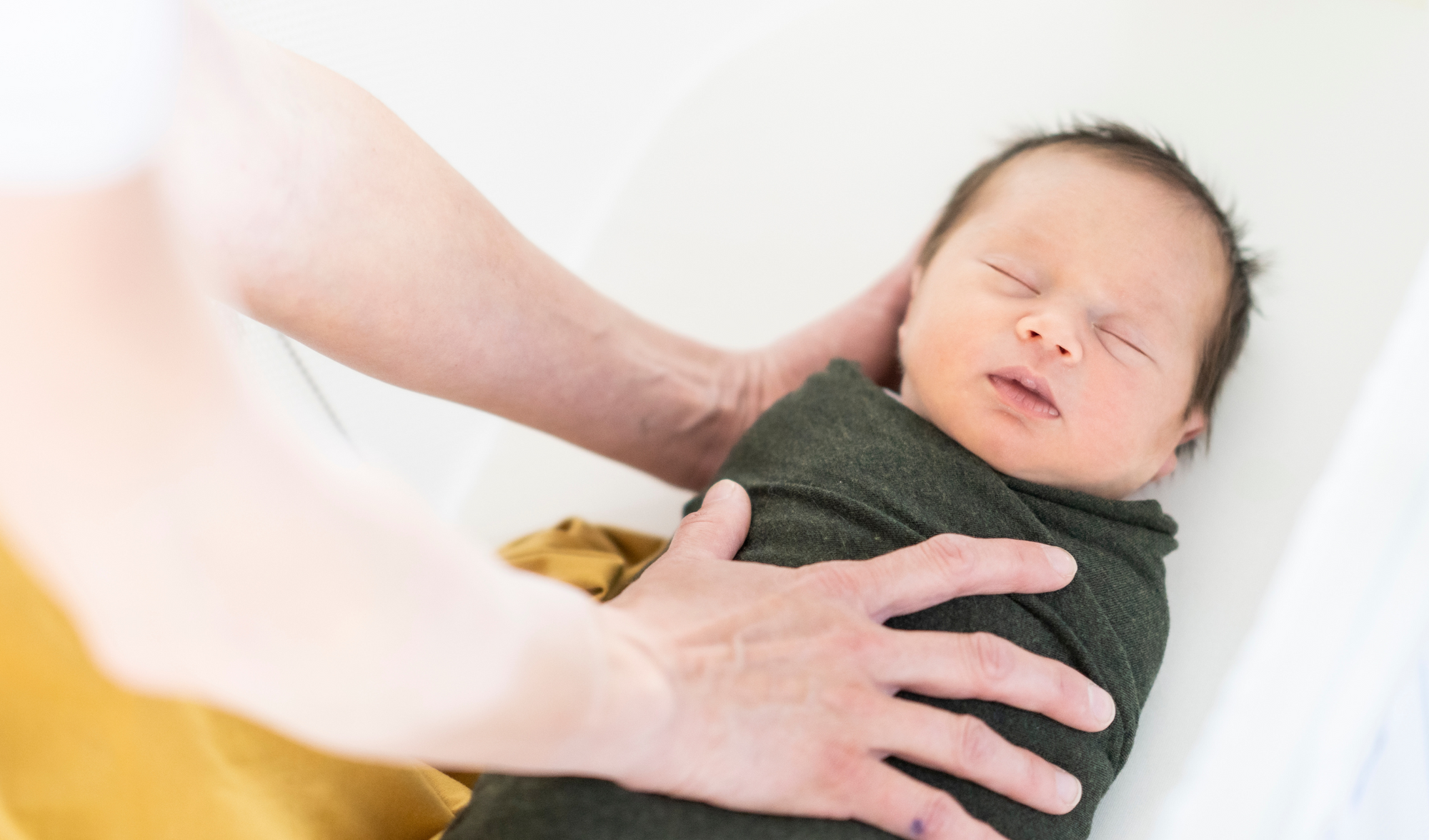So you’ve finally made it through the triumphant journey of pregnancy and long hours of labor and you’re officially a mom. Congratulations! Now comes the transition from pregnancy to postpartum which brings some new physical and mental challenges. In this blog you’ll find everything you need to know about your postpartum body and recovery from childbirth.
How long does it take to recover after giving birth?
The first six weeks after your labor are considered the fundamental recovery period. During pregnancy and childbirth, your body has done some incredible work and pushed itself to the limit. Even if you consider your pregnancy and delivery to have gone pretty smoothly, it is essential during this time that your body gets a chance to recover properly. Every new mom is different, so every woman will recover at a different rate with a variation of postpartum symptoms. The majority of these ease up within a week, while others (sore nipples, backaches and sometimes perineal pain) may continue for weeks, and still others (like leaky breasts or an achy back) might stick around until your baby is a little older.
If you’ve had a vaginal birth, you’re probably also wondering how long it will take for the soreness to go away and your perineum to heal. Recovery can take anywhere from three weeks if you didn’t tear to six weeks or more if you had a perineal tear or an episiotomy. If you delivered by C-section, expect to spend the first three to four days postpartum in the hospital recovering; it will take four to six weeks before you’re feeling back to normal. Depending on whether you pushed and for how long, you can also expect to have some perineal pain.
How much bleeding is normal after giving birth?
Postpartum bleeding can last for up to six weeks after you give birth. It will be just like a very heavy period made up of leftover blood, tissue from your uterus and mucus. Bleeding is heaviest for the first three to ten days, then it will become lighter and appear more like spotting.
If you notice large blood clots or if you’re bleeding through more than one pad every hour then you should call your doctor immediately as this could be due to postpartum hemorrhage. You should also note that tampons are off-limits during this time so make sure to stock up on sanitary pads.
How can you speed up the postpartum healing process?
These tips are essential for every new mom to know to help you recover speedily and steadily after birth.
Help your perineum heal
You should ice your perineum regularly - every couple of hours for the first twenty-four hours after your baby has been delivered. It’s also a good idea to spray warm water over the area before and after peeing to stop urine from irritating torn skin. Try a warm sitz bath for twenty minutes a few times a day to ease pain.
Care for your C-section scar
Gently clean your C-section scar with soap and water once a day. Pat dry with a clean towel then apply antibiotic ointment. Be sure to get your doctor’s advice on whether it’s better to cover the wound or leave it open to air it out. Other than your baby, you should avoid carrying any heavy or large objects and postpone any vigorous exercise routines until your doctor says that it’s okay.

Ease aches and pains
During the recovery period you’ll most likely have a lot of aches and pains after everything your body has gone through during pregnancy and childbirth. Ease overall achiness with hot showers or a heating pad — or even treat yourself to a massage.
Stay regular
Your first postpartum bowel movement can take time, but don’t force things. Eat plenty of fiber-rich foods (whole grains, fruits, veggies), go for walks, and use gentle stool softeners such as prune juice to stay regular. Avoid straining, which isn’t good for perineal tears or your C-section scar, if you have either.
Be kind to your breasts
For achy breasts, try using a warm compress or ice packs and gentle massage. Also be sure to wear a comfortable nursing bra. If you’re breastfeeding, let your breasts air out after every nursing session and apply a lanolin cream to prevent or treat cracked nipples.

Check-in with your doctor
Visiting your doctor is essential, since it helps ensure that everything is healing as expected. Your OB/GYN can also check in with you emotionally and if necessary suggest how to get help to adjust to being a new mom. If you had a C-section, be sure to make your appointment to remove your stitches, as leaving them in for too long can make scars look worse. And of course definitely let your doctor know if you have any symptoms that concern you, like fever, pain or tenderness around an incision.
Eat well to ease fatigue and fight constipation
During your postpartum recovery you should aim to eat five smaller meals throughout the day instead of three larger ones. Eat a combination of complex carbs and protein for energy, plus plenty of fiber (found in fruits, veggies and whole grains) to help prevent hemorrhoids. Drink at least eight glasses of water every day. And try to skip the alcohol and caffeine, which can affect your moods and make it even more challenging to sleep than it already is with a newborn at home.
Keep moving
Exercise is probably off limits for at least the first few weeks if you've had a C-section and you won't be immediately back to hard-core pre-pregnancy workout routines if you had a vaginal birth either. But definitely talk to your doctor about when and how you can exercise; you may be able to do more than you think. A great way to re-introduce gentle exercise to your daily routine is to start by taking walks. Walking helps with gas and constipation and speeds recovery by boosting circulation and muscle tone. Plus getting some fresh air and gentle exercise works wonders for your mental health.
Your postpartum recovery checklist
Here are some necessary items that you’ll want to stock up on to make your postpartum recovery go as smoothly as possible.
- Maxi pads - These will be essential for at least two weeks after birth until postpartum bleeding eases up.
- Ice packs - Will definitely come in handy for icing your perineal area.
- Witch hazel pads - Often used in combination with ice packs to ease vaginal pain and help with postpartum hemorrhoids.
- Sitz bath - This little tub is designed for you to just sit and soak away postpartum pain.
- Peri or squirt bottle. You’ll use this to rinse off your perineal area before/after peeing as the area heals.
- Cotton underwear - When it comes to underwear, comfort is key during postpartum recovery.
- Nursing bras - Invest in a few comfy ones that fit you well.
- Lanolin -The cream works wonders to prevent and treat cracked nipples.
- Nursing pads - If you’re planning to breastfeed, these will help keep leaky nipples under wraps.
- Heat pad - This can help ease aches and pains in your breasts.
During this time the most important thing to remember is to be gentle with yourself. You’ve definitely got your work cut out adjusting to life as a new mom, but this doesn’t mean you should neglect self-care. Take it one step at a time and tend to your body’s needs as attentively as you would to your little one.
Related blogs:


